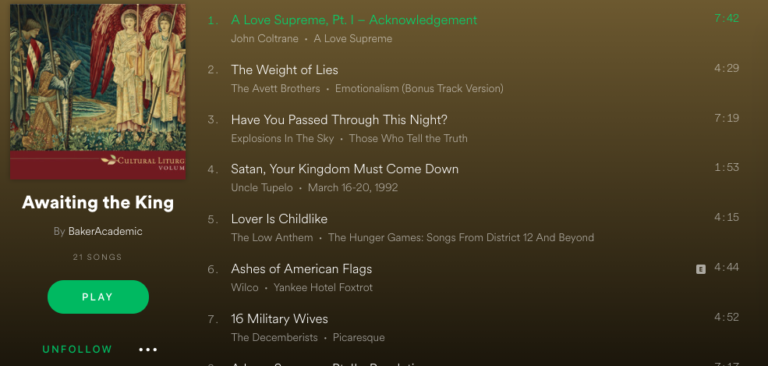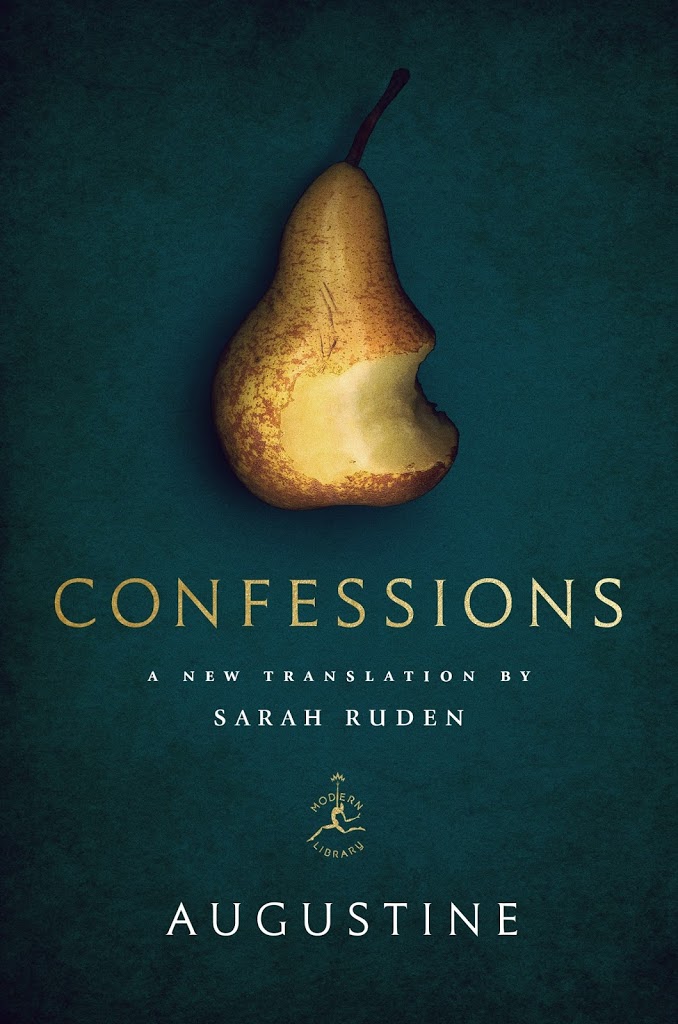Fearless Speech, Courageous Eyes
 My presentation from the Faith, Film, and Justice Conference in Seattle has now been published in The Other Journal. “Fearless Speech, Courageous Eyes: A Theological Engagement with Freedom of Expression” was occasioned by the documentary Burma VJ which provides a behind-the-scenes look at the role of video journalists who documented the “Saffron revolution” in Burma in September 2007. (The article does not assume readers know the film, but I encourage readers to try to get hold of it for its own merits.)
My presentation from the Faith, Film, and Justice Conference in Seattle has now been published in The Other Journal. “Fearless Speech, Courageous Eyes: A Theological Engagement with Freedom of Expression” was occasioned by the documentary Burma VJ which provides a behind-the-scenes look at the role of video journalists who documented the “Saffron revolution” in Burma in September 2007. (The article does not assume readers know the film, but I encourage readers to try to get hold of it for its own merits.)
Here’s a snippet from the opening paragraphs:
Is anything more sacred to democracy than freedom of speech?1 And in our late modern world, is anything more sacred than democracy? Indeed, despite all the laments about the erosion of absolutes and a proliferation of perspectives, isn’t freedom the last absolute standing—the one prized universal that launches not only a thousand ships, but ten thousand missiles, a hundred thousand marketing campaigns, and a myriad of global protests? Freedom is that byword that unites the strangest conglomeration of devotees. It rolls off the tongue of both George W. Bush and Barack Obama; it is a rallying cry for both Thomas Friedman and Naomi Klein; it is the banner under which the American military and Hardt and Negri’s “multitude” both march.2 Freedom is the minaret of global democracy calling us to pray—well, whatever we damn well want because, after all, it secures our freedom of expression.
Freedom is both a stern and lenient god, demanding to be worshiped, but letting us decide what that will look like. Freedom demands that everyone play its game, but playing the freedom game permits us to make up our own game. So freedom is like a strange circus master, a smiling but demanding ringleader who shows up in town and demands that everyone make room for the big top. But within his big tent, there’s room for an infinite numbers of games and performances.
And nothing affects us more viscerally than the refusal of freedom. We might not know exactly what freedom is, but we certainly know when it is being quashed and denied. Indeed, our most powerful iconic images of martyrs have been images of repression: that lone figure standing in front of the tanks in Tiananmen Square; the anonymous faces in South Africa; the haunting images of the last moments of Neda Agha-Soltan on that street in Tehran. It’s as if the body knows what freedom is, and the body marks the limits of repression. Our bodies recoil at images of repression that make their mark on the body of others, stirring our imaginations to both protest and imagine things otherwise. What tyranny does to bodies elicits a gasped whisper of “No. . .” from us, which then wells into a fist-raised shout, “No!” And that tiny monosyllabic “no” is the compression of a longer claim: “That’s not the way it’s supposed to be.”



